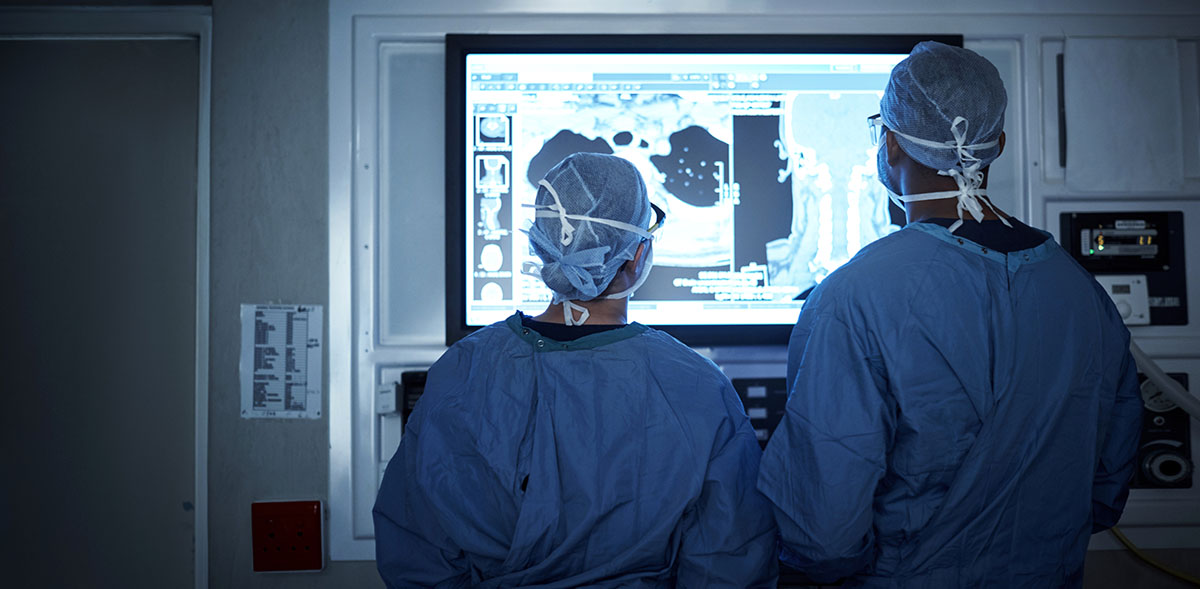
Posterior Cervical Decompression & Fusion
Posterior cervical decompression and fusion is a surgical procedure to treat abnormal movement, pain, and/or narrowing in the cervical spine (neck). We perform the procedure to relieve pressure on the spinal cord and nerve roots, or to help stabilize abnormal motion or neck instability. We sometimes use it in conjunction with other surgery, such as an ACDF (anterior cervical discectomy and fusion) to provide additional structural support and promote fusion of the bones in the neck.
The reason the procedure is called “posterior” is that the surgeon reaches the cervical spine through an incision in the back of the neck (posterior means back).
The Procedure.
After removing any necessary bone (lamina) and performing microsurgery to decompress the spinal cord and/or nerves, small titanium alloy screws are placed in the bones that surround the spinal cord and attached to a titanium alloy rod. During this part of the surgery, bone grafts are typically placed alongside the exposed bones and around the titanium screws to help promote new bone growth with the goal of achieving bony fusion where the vertebrae fuse together.
It usually takes a few months for the vertebrae to completely fuse but can take up to a year or two.










